Japan’s ancient temples stand as remarkable testaments to centuries of Buddhist architecture and spiritual practice, each telling unique stories through their design, artwork, and cultural significance.
These sacred spaces have survived earthquakes, wars, and the passage of time to remain vital centers of both religious practice and historical preservation. Whether you’re a history enthusiast, architecture buff, or spiritual seeker, these 15 temples offer profound glimpses into Japan’s rich cultural heritage.
Sensō-ji Temple, Tokyo
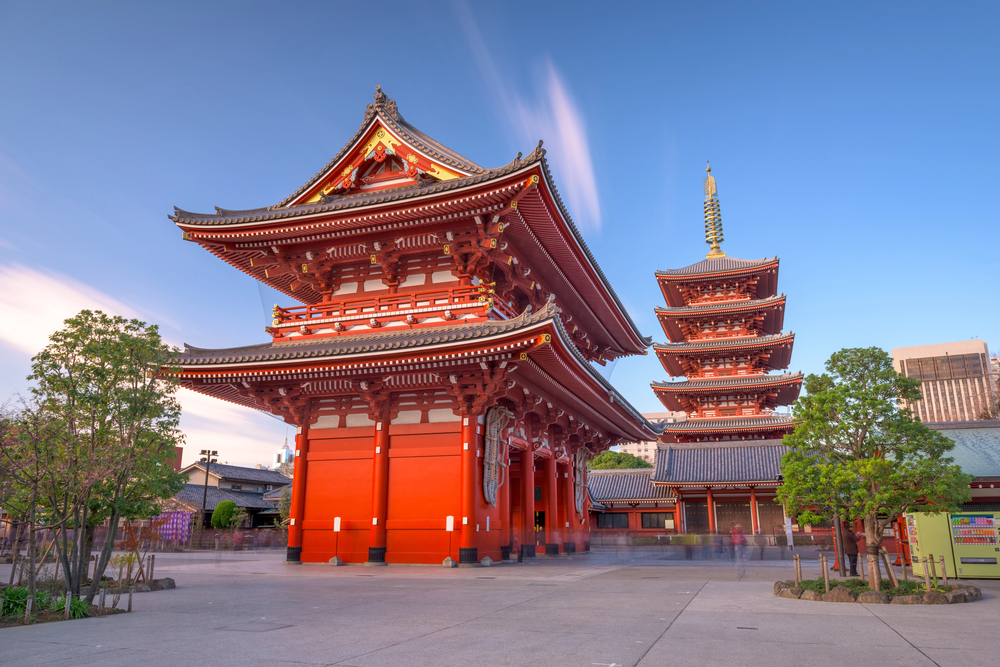
Tokyo’s oldest Buddhist temple, founded in 645 CE, draws millions of visitors through its massive Thunder Gate with its iconic red lantern. The temple’s five-story pagoda serves as a symbol of Asakusa’s skyline, while its main hall houses a sacred statue of Kannon that, according to legend, was pulled from the nearby Sumida River by fishermen.
The vibrant Nakamise shopping street leading to the temple maintains the atmosphere of old Edo, with traditional shops selling local snacks and crafts.
Kinkaku-ji (Golden Pavilion), Kyoto
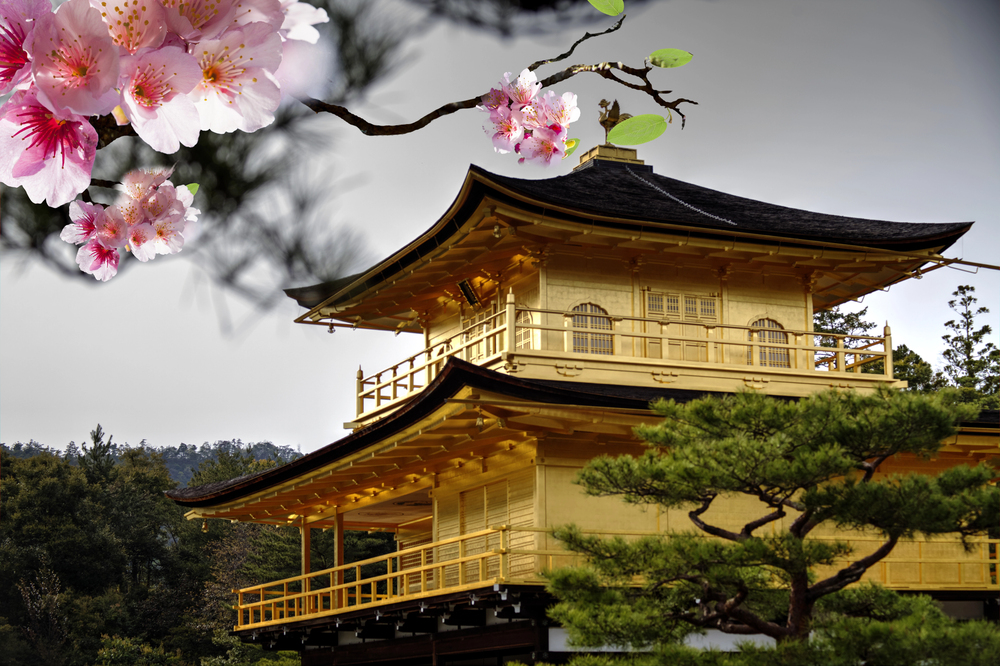
The Golden Pavilion reflects brilliantly in its mirror pond, its top two floors completely covered in gold leaf that catches every nuance of sunlight. Each floor represents a different style of architecture: Shinden, Samurai, and Zen, creating a harmonious blend of secular and sacred design.
The surrounding stroll garden, with its carefully placed stones and islands, demonstrates the Japanese principle of borrowing scenery from the distant landscape.
Like Travel Pug’s content? Follow us on MSN.
Tōdai-ji Temple, Nara
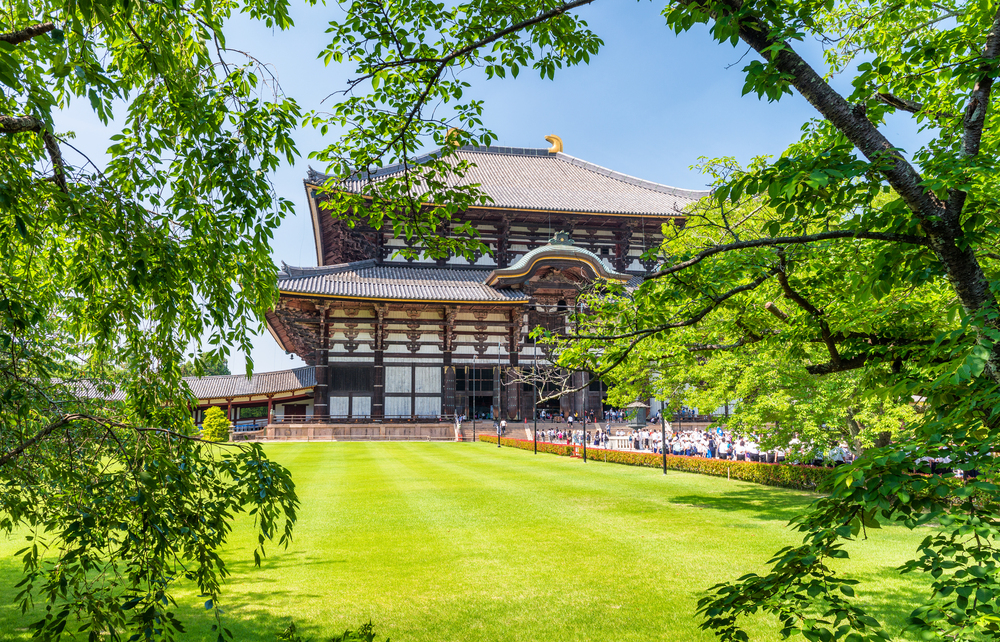
Housing the world’s largest bronze Buddha statue, Tōdai-ji’s main hall stands as the planet’s largest wooden building despite being only two-thirds its original size. The temple’s massive wooden gates are guarded by impressive Niō statues, while friendly deer roam the temple grounds as messengers of the Shinto gods.
The Great Buddha Hall’s architectural scale demonstrates the tremendous political and religious power of Buddhism in 8th-century Japan
Kiyomizu-Dera Temple, Kyoto
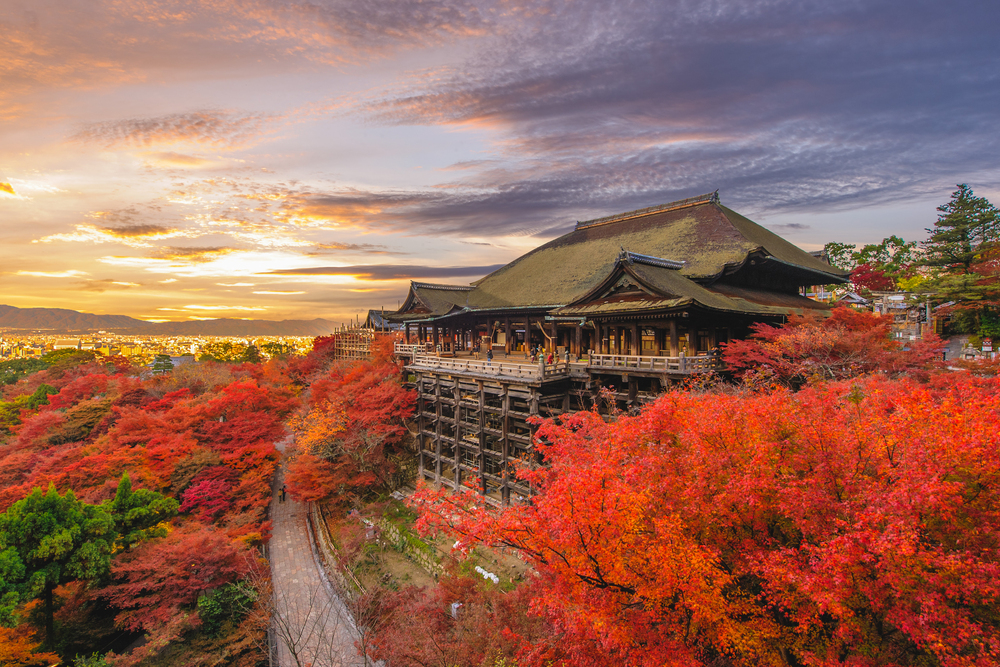
Built without using a single nail, Kiyomizu-dera’s wooden stage juts out over a cliff, offering spectacular views of Kyoto and its cherry and maple trees. The temple’s pure water source, from which it derives its name, splits into three streams said to bring wisdom, health, and longevity to those who drink from them.
The temple complex includes several important cultural properties, including a three-storied pagoda and the Jishu Shrine dedicated to love and matchmaking.
Hōryū-ji Temple, Nara
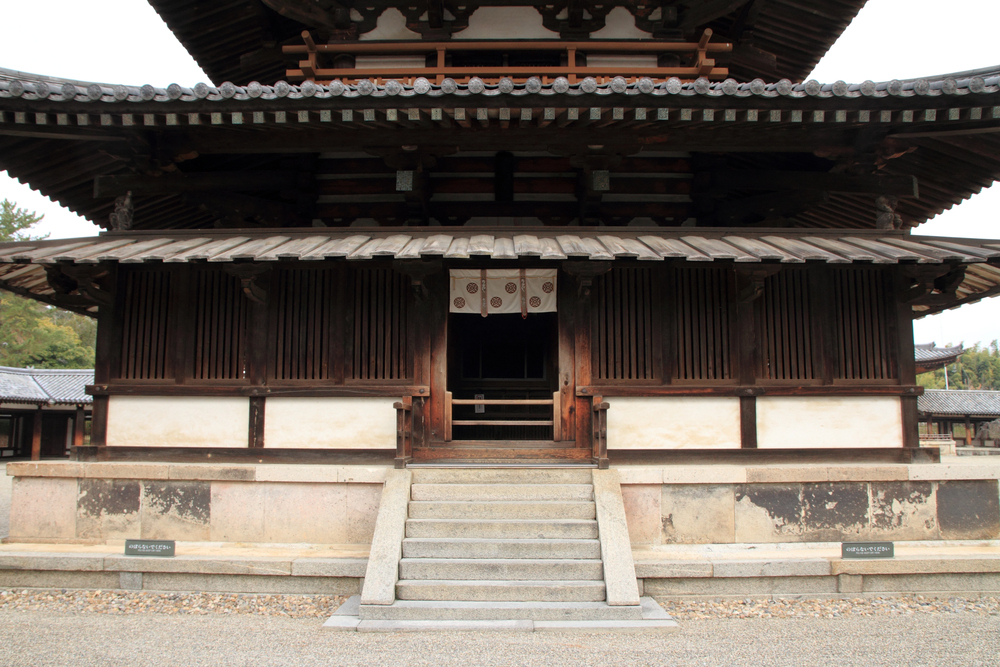
Containing the world’s oldest surviving wooden buildings, Hōryū-ji showcases architectural techniques from the Asuka Period. The temple’s five-story pagoda and main hall have stood since 607 CE, weathering centuries of natural disasters and historical changes.
The temple complex houses over 2,300 important cultural and historical artifacts, including some of Japan’s oldest Buddhist statues.
Like Travel Pug’s content? Follow us on MSN.
Engaku-ji Temple, Kamakura
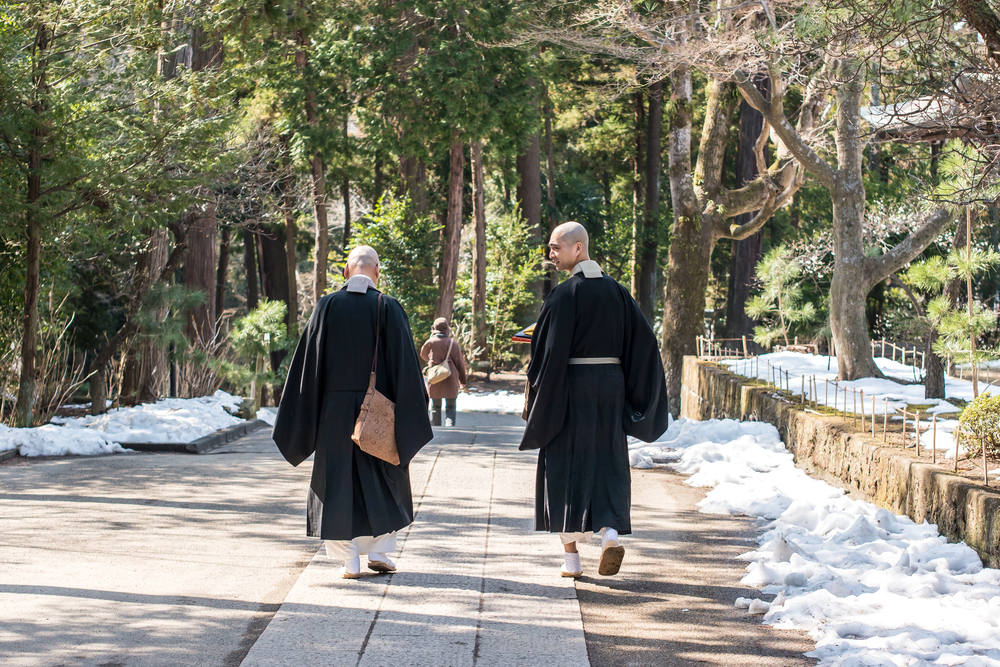
Ranked second among Kamakura’s five great Zen temples, Engaku-ji embodies the austere elegance of Zen architecture. The temple’s Shariden, which houses a tooth of the Buddha, is designated as a National Treasure and exemplifies classic Zen design.
The temple grounds come alive with color during autumn, when visitors flock to see the magnificent maple trees.
Ryōan-ji Temple, Kyoto
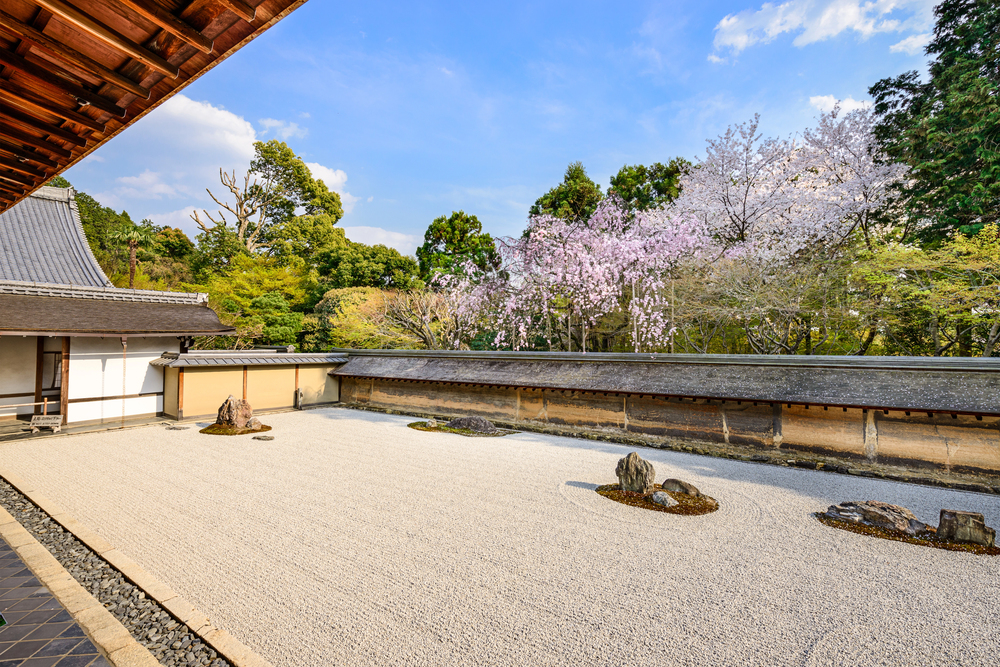
Home to Japan’s most famous rock garden, Ryōan-ji represents the essence of Zen minimalism. The garden’s 15 carefully placed rocks, surrounded by meticulously raked gravel, are arranged so that at least one rock is hidden from any viewing angle.
The temple’s grounds include a mirror-like pond and peaceful walking paths through sculpted gardens.
Daitoku-ji Temple, Kyoto
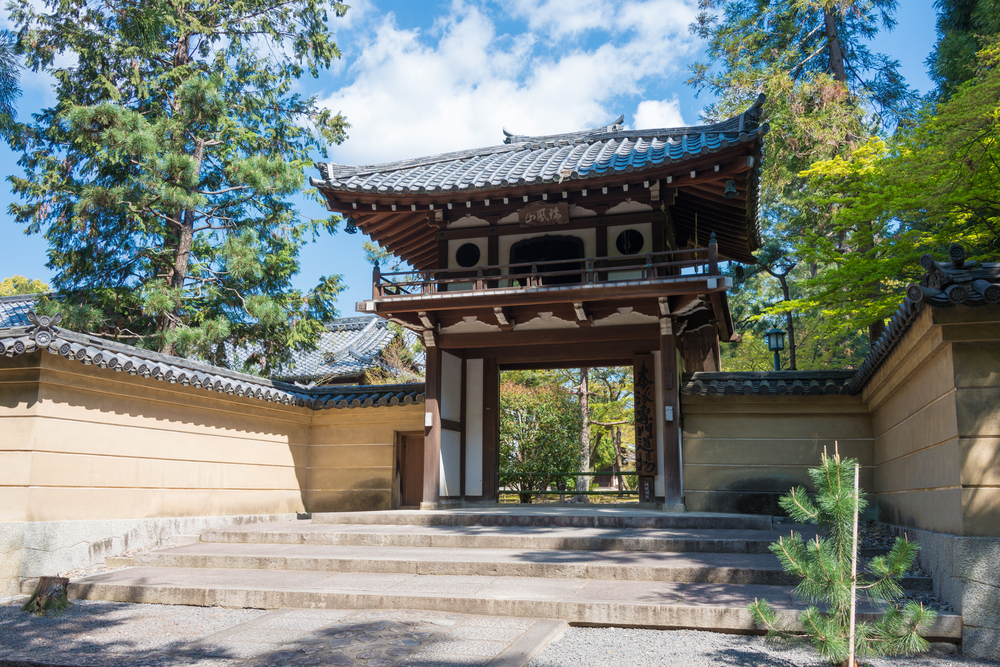
This expansive temple complex represents a complete Zen universe, with 24 sub-temples demonstrating various aspects of Zen architecture and garden design. The temple’s Karesansui gardens, designed by master landscape architect Sōami, exemplify the sophisticated principles of dry landscape design.
The temple’s intimate connection with the tea ceremony is evident in its many tea houses and specialized gardens.
Like Travel Pug’s content? Follow us on MSN.
Zenkō-ji Temple, Nagano
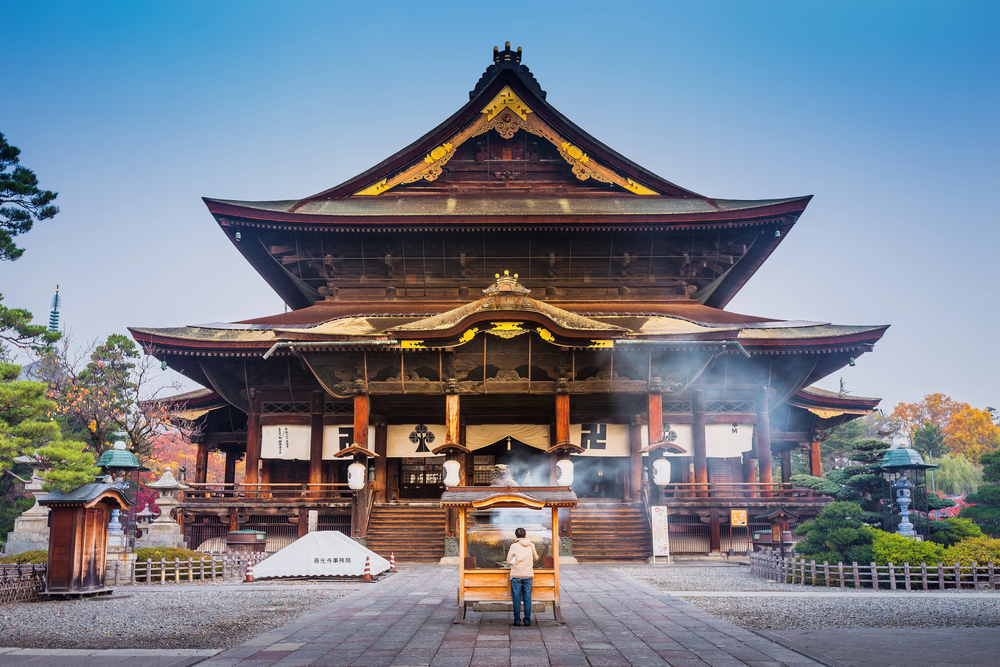
Founded in the 7th century, Zenkō-ji houses the first Buddhist statue ever brought to Japan. The temple’s unusual feature is its ‘dark passage’ beneath the main altar, where visitors can search for the ‘key to paradise’ in complete darkness.
The temple maintains a unique tradition of being governed by both Buddhist priests and priestesses.
Sanjūsangen-dō Temple, Kyoto
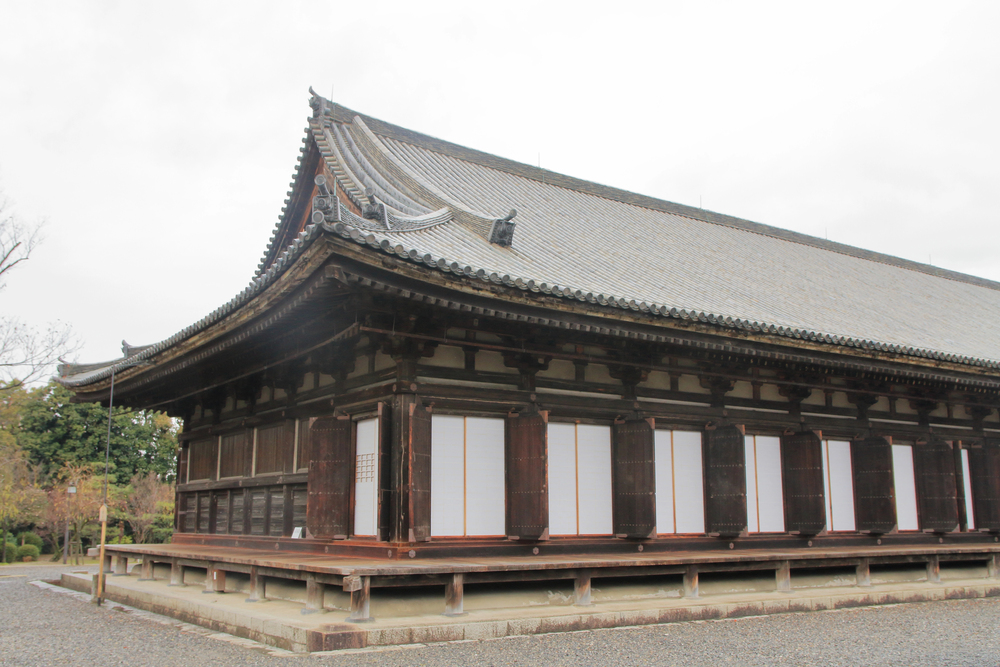
Famous for its 1,001 standing statues of Kannon, the goddess of mercy, Sanjūsangen-dō presents an awe-inspiring sight of golden Buddhist artistry. The temple’s name refers to the 33 spaces between the building’s support columns, a classic example of traditional Japanese architectural measurement.
The temple’s long hall once hosted archery competitions, where archers would shoot arrows from one end to the other.
Byōdō-in Temple, Uji
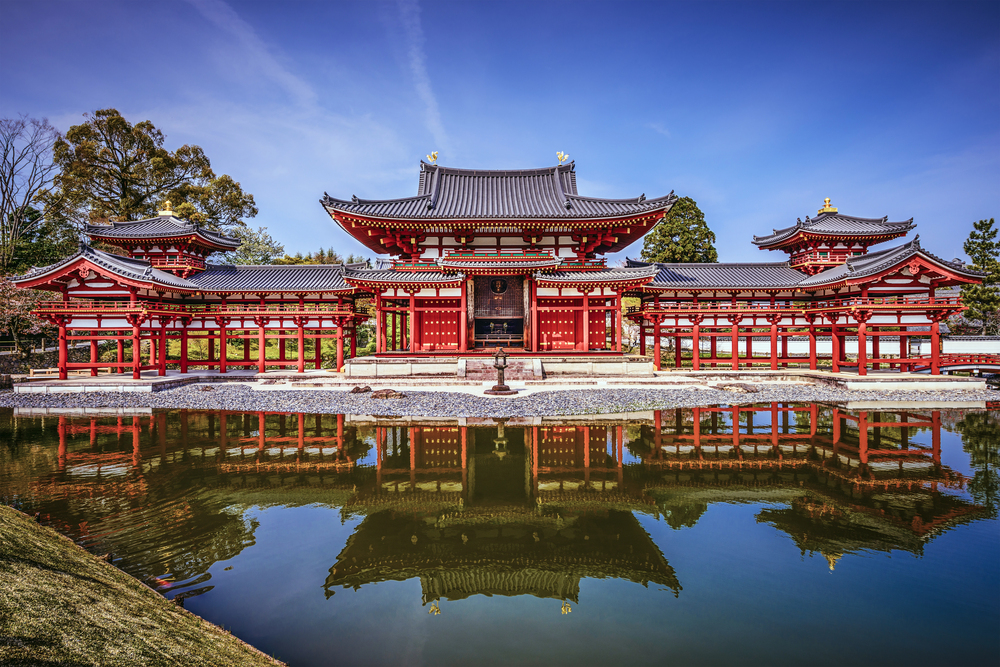
The Phoenix Hall of Byōdō-in, featured on the 10-yen coin, represents the peak of Heian Period architecture. The building’s graceful design suggests a phoenix in flight, with its central hall forming the body and the colonnades creating the wings.
The temple’s museum displays original temple treasures, including dozens of designated National Treasures and Important Cultural Properties.
Like Travel Pug’s content? Follow us on MSN.
Yakushi-ji Temple, Nara
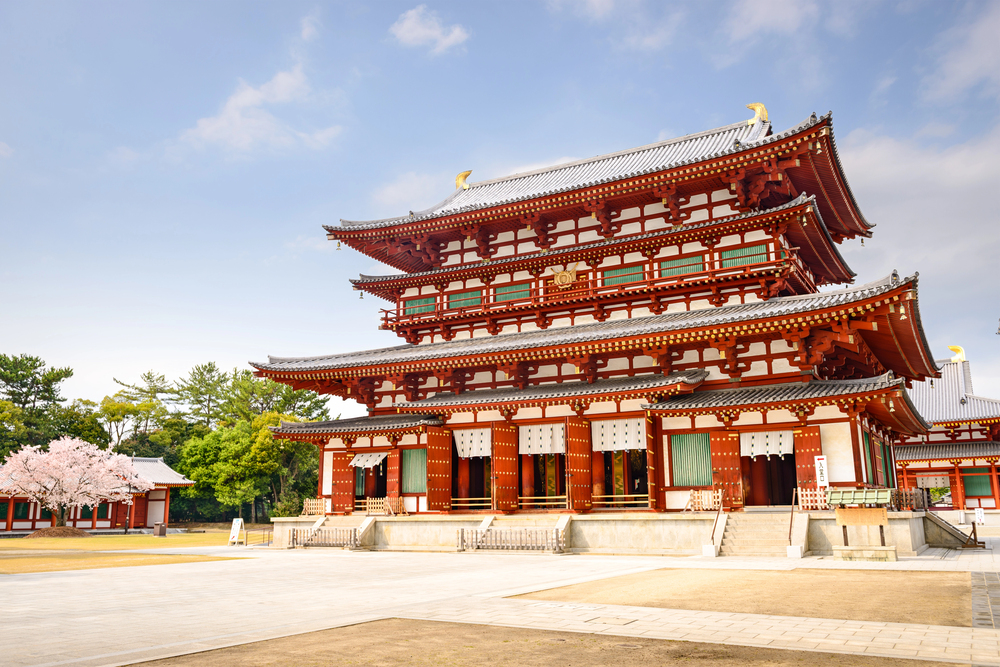
Yakushi-ji’s symmetrical layout and unique architecture represent the best of Hakuhō Period temple design. The temple’s East Pagoda, which survived from the original 8th-century construction, is considered one of the finest pagodas in Japan.
The temple houses important Buddhist art, including the famous Yakushi Triad, a masterpiece of Japanese Buddhist sculpture.
Eihei-ji Temple, Fukui
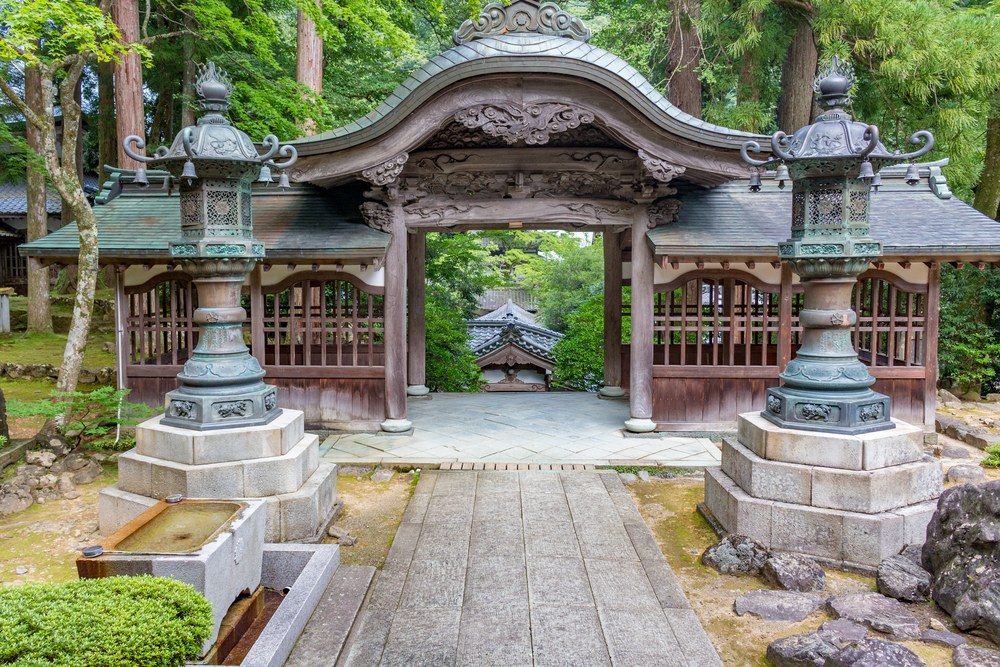
Founded by Zen master Dōgen, Eihei-ji serves as one of the two head temples of the Sōtō school of Zen Buddhism. The temple complex consists of over 70 buildings connected by covered walkways, nestled in a dense forest of cedar trees.
The monastery maintains strict traditional practices, with hundreds of monks living and practicing in training within its walls.
Ishiyama-dera Temple, Shiga
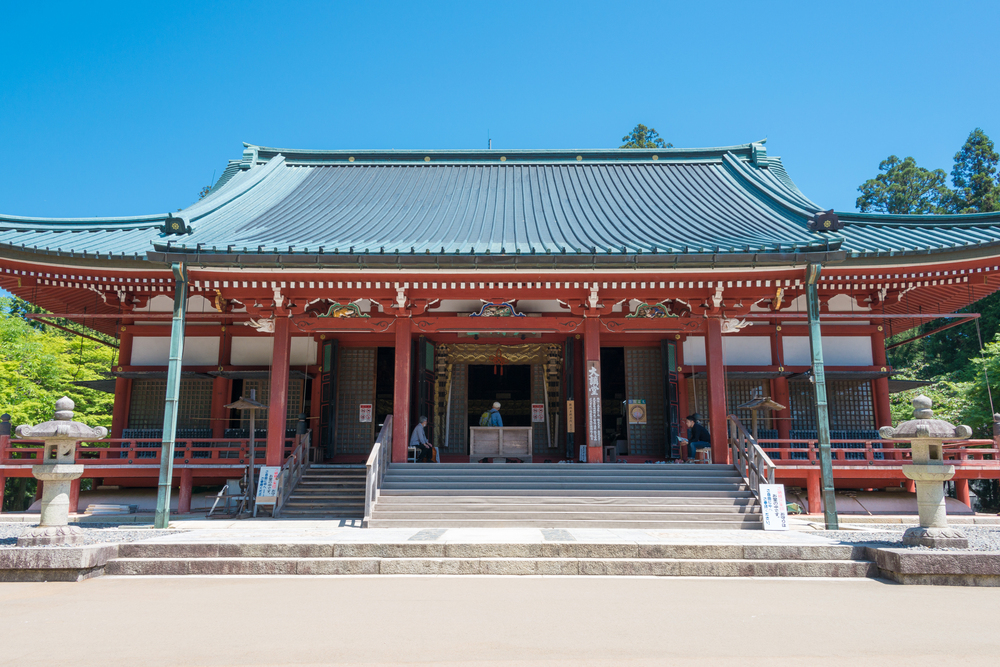
Built partially on blocks of wollastonite stone, Ishiyama-dera offers spectacular views of Lake Biwa. The temple is famous as the place where Lady Murasaki began writing ‘The Tale of Genji,’ considered the world’s first novel.
The temple’s moon-viewing pavilion captures the essence of Heian Period aesthetic sensibility.
Like Travel Pug’s content? Follow us on MSN.
Kōtoku-in Temple, Kamakura
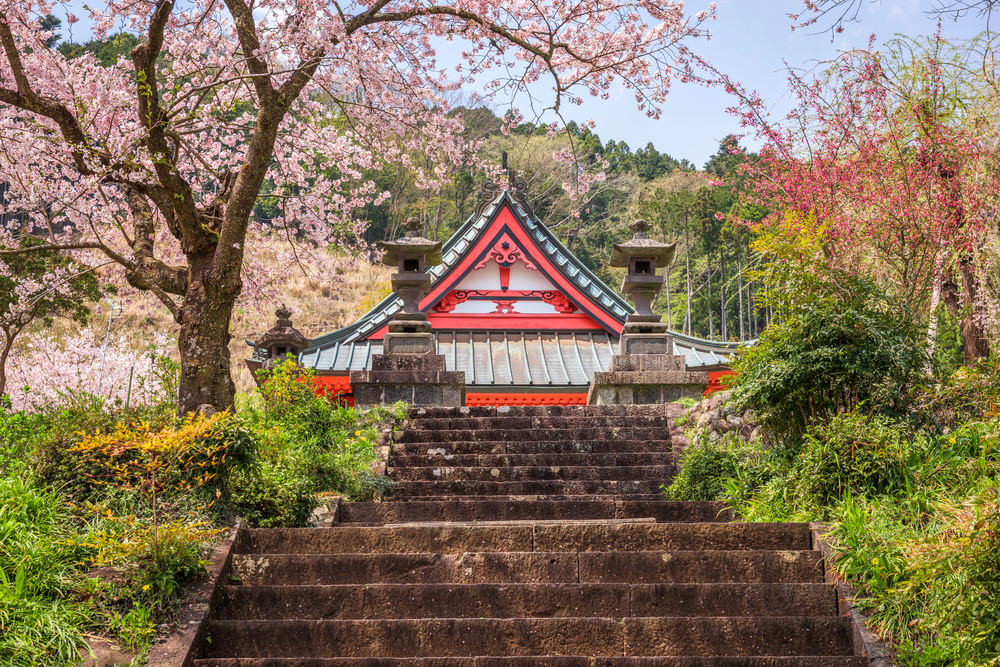
Home to the Great Buddha of Kamakura, Kōtoku-in’s bronze statue has sat in the open air since 1495 when the temple building was swept away by a tsunami. The hollow Buddha statue, weighing 121 tons and standing 44 feet tall, represents a remarkable feat of 13th-century bronze casting.
The statue’s serene expression and graceful proportions have made it one of Japan’s most recognized Buddhist images.
Exploring Japan’s Timeless Temples
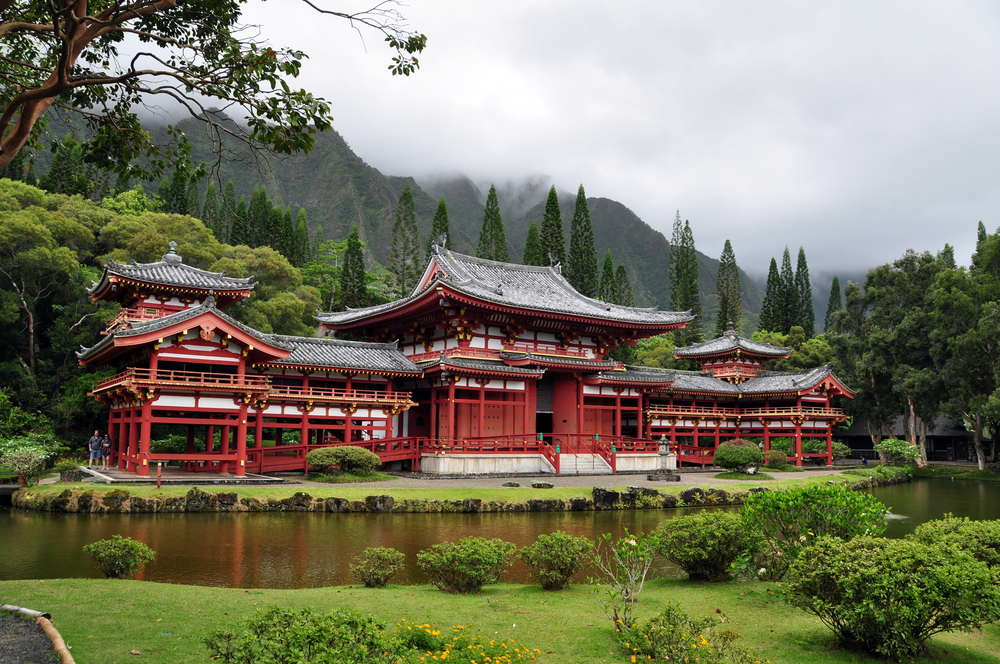
These ancient temples offer more than just historical interest – they provide windows into Japan’s spiritual and cultural heritage while continuing to serve as active centers of worship and meditation.
Each temple complex preserves unique aspects of Japanese Buddhism, architecture, and art, inviting visitors to experience the profound serenity and beauty that have inspired people for centuries.
More from Travel Pug

- 15 Dangerous European Cities to Avoid
- 15 Caribbean Islands Where Tourists Keep Getting Scammed
- The 20 Most Fascinating Abandoned Places: A Journey Through Time and Forgotten Spaces
- 15 Hidden Places in the Smithsonian Museums Locals Love: A Guide to Lesser-Known Treasures
- 16 Hidden Florida Beach Towns That Aren’t Overrun with Tourists
Like Travel Pug’s content? Follow us on MSN.
